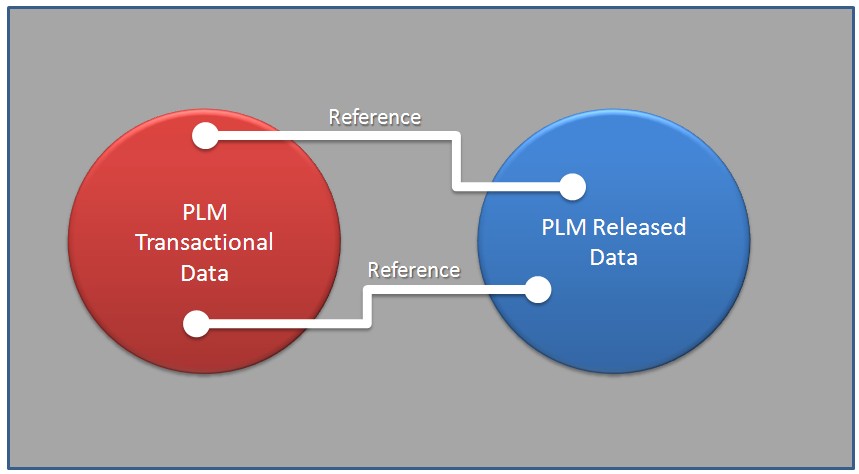Lately, I’ve seen a potential for a growth in Master Data Management (MDM) initiatives. For those who don’t know MDM technologies are, I recommend you start with Wikipedia and check out the links of the MDM offering by IBM, Oracle and some other large IT vendors.
http://en.wikipedia.org/wiki/Master_Data_Management
http://www.dmoz.org/Computers/Software/Master_Data_Management/
[youtube=http://www.youtube.com/watch?v=xVWt-CsNBnU]
Looking at the broad range of PLM capabilities and needs, I noticed that some of them deal with non-transactional and released products, and referenced data. This released data is need by various departments in the organization. The ability to find relevant product data related to a specific design as well as to change things from the past is growing. With growth of regulations in today’s word, being able to track and discover designs in the vault is a real need that can provide fast ROI
So, can you figure out the math between having to access non-transactional product data and master data management technologies?. At first glance, this is something that can be validated and tested.
The following are some pros and cons for using MDM in the context of PLM:.
Pros:
· Reliable infrastructure to manage a single source of information
· Ability to redistribute information across the organization
· Global data availability in the organization
Cons:
· Expensive data transformation when you move data from design
· Not flexible for scenarios where back-reference to original data is needed.
· Data redundancy
What will be the future of MDM in the context of Product Development and Product lifecycle Management? Although there is some potential here, Master Data Management needs to adopt a flexible ability to play around various scenarios related to data referencing and data retention; I hardly see it being applied “as is” to product development today.
What is your opinion?











